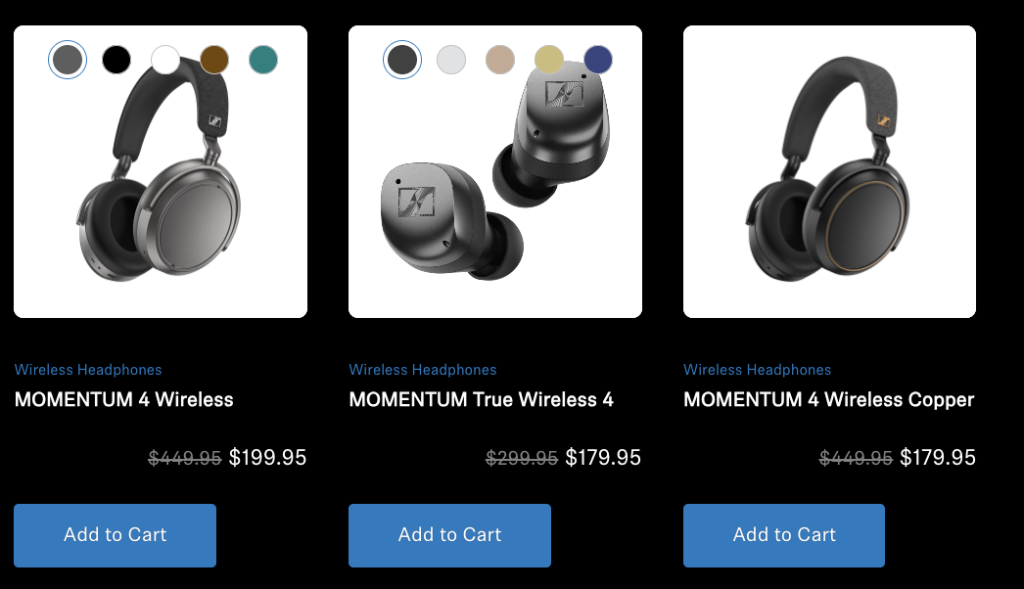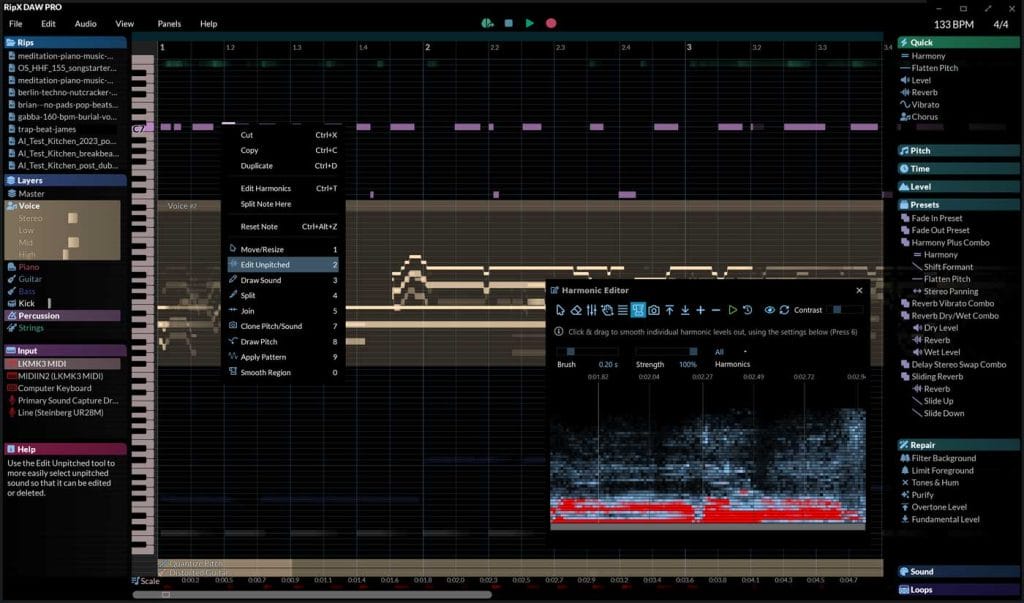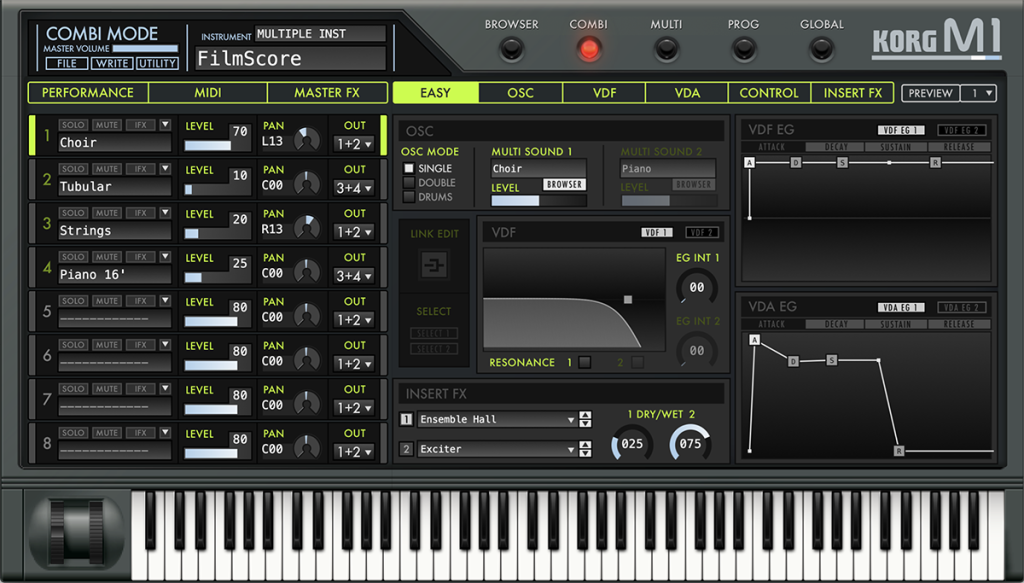Phoenix-based producer and Roots Recordings founder Braydon Terzo has built his reputation through a steady stream of club-ready releases on Nervous Records, MÜSE, and COCO. His productions fuse the drive of modern minimal tech with crisp, vocal-led hooks that land naturally on festival and club systems alike.
His new EP Keep It Real marks his debut on Ilario Alicante’s Sound D’Elite, arriving October 17, 2025. Across the two-track release, Terzo balances sharp groove design with a clear focus on songwriting and arrangement. The lead single Work, featuring Nevve, captures this balance best—an addictive mix of sultry vocals, rhythmic organ stabs, and precision-engineered low-end power.
In this feature, Terzo breaks down the plugins and tools behind Work, explaining how the Korg M1, FabFilter Pro-L 2, and Oszillos Mega Scope each played a role in shaping its sound. His workflow highlights the value of strong sound selection, thoughtful layering, and clarity-driven mix decisions made entirely from an untreated home studio.
Braydon Terzo
Instagram / Soundcloud / Spotify
Korg M1
The Korg M1, dropped in 1988, is hands-down one of the most iconic digital synths ever made. It’s famous for its super lush sampled sounds—especially the legendary “Universe,” “Piano,” and “Organ 2” patches. If you’ve listened to late ’80s or early ’90s pop, dance, or house music, you’ve definitely heard it. Those bright, punchy organ sounds became a go-to in classic house tracks and are still instantly recognizable.
The main melodic element from this track is an organ preset derived directly from the Korg M1. This is my go-to synth for this type of sound, because it has been tried and true within our genre for so long and is very simple to use. It is recognizable, and perfect for an anthem style lead. The sound itself is extremely simple, I did almost no automation here besides just filtering it in and out on certain portions of the track. The catchy midi pattern I created to match the tone of the beat/vocal is what really makes it shine.
The Korg M1 is definitely a staple within my production, and I believe it’s a great synthesizer for other producers in the minimal tech genre to check it out if they have not already. There are loads of presets that come stock with the device which is extremely helpful, making it so not much sound design knowledge is needed to come up with a high quality sound. I’ve learned to use the browser filtering system to really narrow down which presets are closest to the sound I am looking for, and then just tweak the attack, decay, and release from there. I recommend dedicating a studio session to really discover and dig through the extensive preset library, and favorite which ones you could see yourself using as the sound library can seem a little daunting at first glance.
FabFilter Pro-L 2
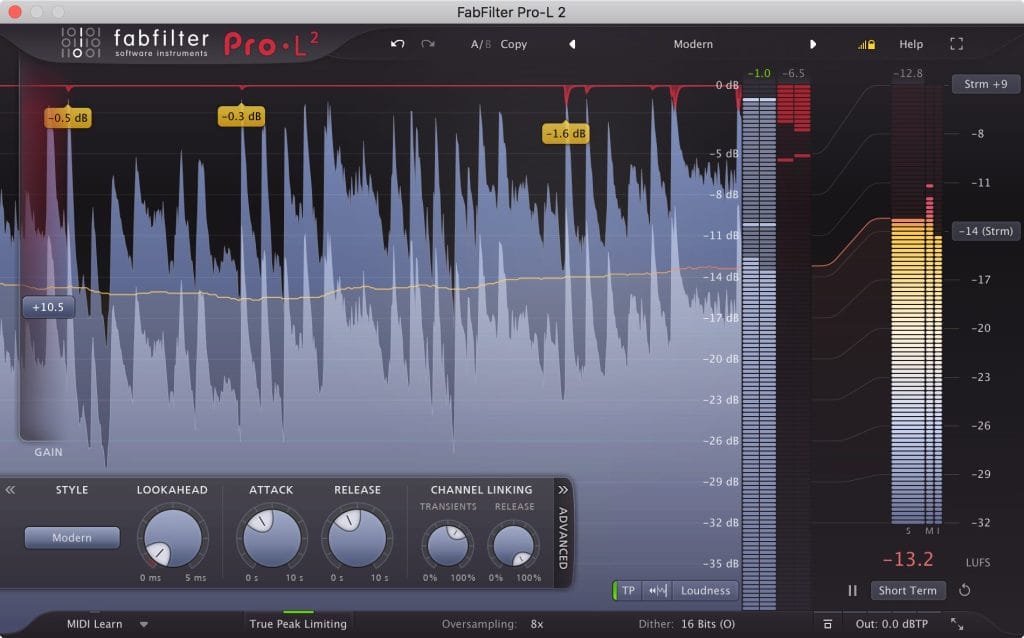
FabFilter Pro-L 2 is a brickwall limiter plugin that tons of pros rely on for mixing and mastering. It’s known for sounding super clean while giving you a ton of control. Whether you just need a light touch or you’re really pushing for loudness, it’s got different limiting styles to fit the vibe. It also packs some seriously useful features—true peak limiting, detailed metering, and LUFS loudness monitoring—so you can easily hit today’s loudness targets without breaking a sweat.
Pro-L 2 is my go-to limiter, and is used on almost every group channel in this project. It’s my bread and butter for getting a sound loud and forward in the mix. For the main channels such as the vocals, bass and drums, I always turn up the gain and down the ceiling within the plugin so it is clipping by at least 2 or 3 db. This helps add a stiffness to the mix by introducing clipping distortion and increasing perceived loudness.
For other producers that are struggling with getting their overall mixes loud enough, using this limiter may be your savior. All of the main elements in your track should be limited and clipping in some shape or form before feeding into the master channel, or else you will have no headroom available to really push up that volume. I’ve learned that the goal with this plugin is to really push the increased loudness as much as possible without losing all your dynamics. This in turn will give you a hard hitting mix with less distortion in the master buss.
Shultz Audio Oszillos Mega Scope
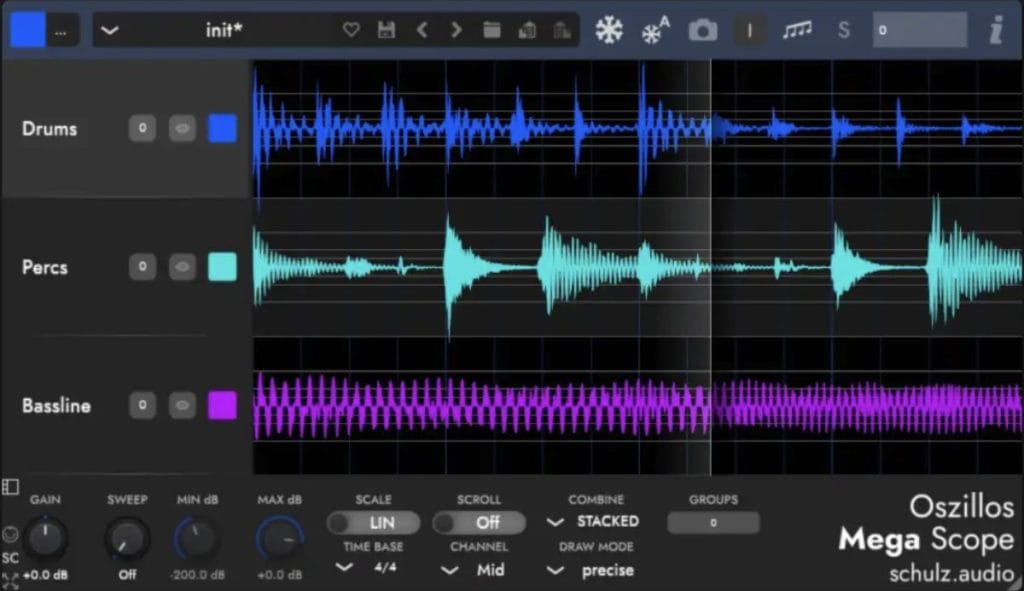
Shultz Audio Oszillos Mega Scope is a super handy real-time oscilloscope plugin that acts as a visual tool for your mixing. It lets you actually see your audio signals in action, which is great for stuff like phase alignment, checking waveforms, and dialing in transients. You can compare multiple signals at once, sync everything to your BPM, and tweak the display to your liking. The interface is clean and responsive, which is why a lot of electronic music producers love it. Plus, the waveform layering and freeze features make it a powerful tool for getting your sound just right.
My good friend and fellow producer Anatta showed me this plugin years ago, and it has since leveled-up the clarity and overall mixdown quality of my tracks more than any other plugin. With “Work,” I used this to make sure my bass sidechain was properly balanced with my kick and also to decide how loud to position my midrange elements such as the vocal. A visual tool like this is extremely necessary to attain a clean mix when you are producing in only headphones or an untreated bedroom, which is where this track was produced.
I’d recommend other minimal tech/tech house producers incorporating this plugin into their workflow to achieve cleaner and more balanced mixes. By monitoring multiple channels at the same time visually you can check for frequency clashes, ensuring low-end elements work together instead of muddying the mix. I’d also recommend using it for comparing processed vs. unprocessed signals, so adjustments like EQ, compression, or sidechain are made with both the ears and eyes, allowing you to make more educated mixing decisions.
Bonus Tips For Making Tech House
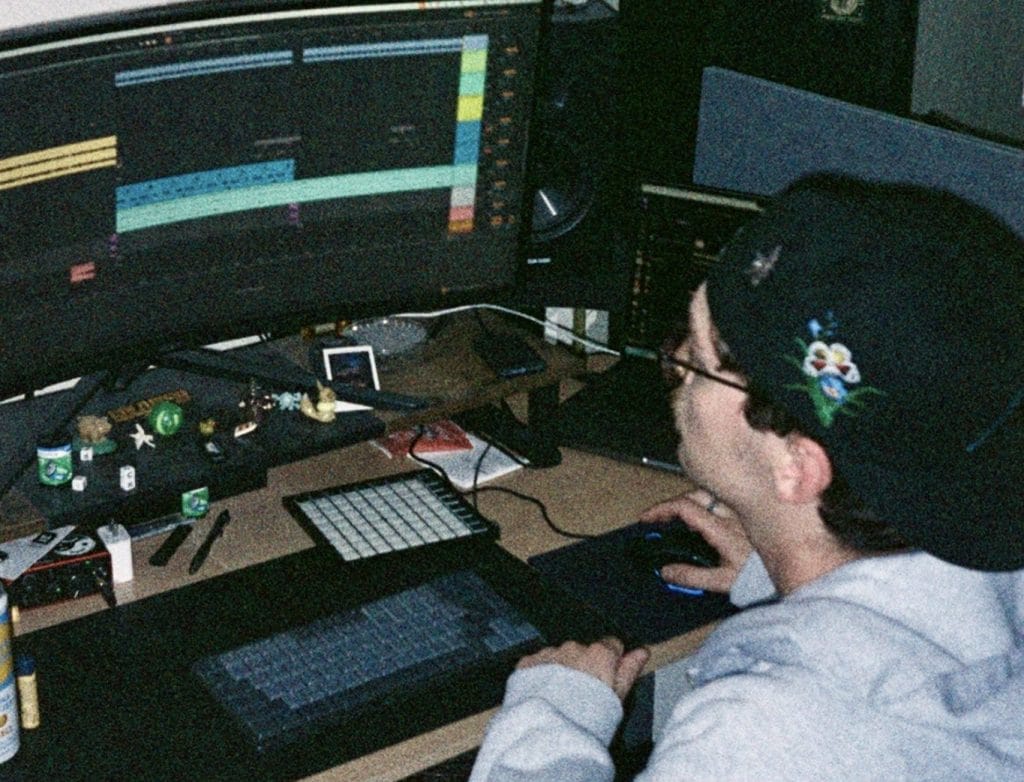
Tip 1: When writing drums: sound selection is always more important than sound processing. Starting with a powerful drum sample is always more effective than starting with a mediocre sample and trying to polish it into something great.
Tip 2: A memorable hook is always more important than the amount of total elements a track contains. Spend more time dialing in a unique hook rather than overly complicating additional elements on a beat.
Tip 3: Make tracks that you personally think are cool and get excited to play out in DJ sets. Stop making tracks for other DJs or for a specific label.

The post How It Was Made: Braydon Terzo – Work (feat. Nevve) [Sound D’Elite] appeared first on Magnetic Magazine.




